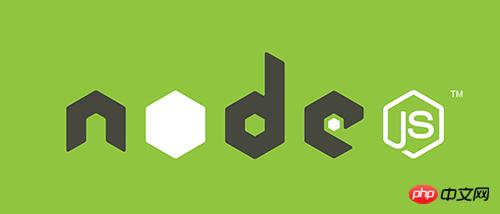
This article mainly introduces the sample code of Nodejs calling WebService. The editor thinks it is quite good. Now I will share it with you and give it as a reference. Let’s follow the editor to take a look, I hope it can help everyone.
In the past two days, I have been trying to write js for pure static pages to call WebService written in Java, but I have been unable to succeed (the main construction period is tight, I will study it later when I have more free time, and see if I can You cannot write a pure static page js to call WebService). In the end, there is no other way but to change to Node JS to call WebService. I wanted to find some information on the Internet, but found that nothing was satisfactory. In the end, I could only refer to the documents on the official website and made a client-side program based on my own needs. I hope it will be helpful to everyone.

First do the preliminary preparations. Assume that you have installed nodejs, because I did not set it through the project, but directly through the command, so Let's first install the nodejs package that needs to be used (if you use the project method, you can configure package.json to achieve it)
The command is as follows
npm install soap npm install sinon npm install request npm install debug npm install lodash npm install soap npm install concat-stream npm install optional npm install ejs npm install xml-crypto npm install node-uuid npm install sax npm install strip-bom npm install selectn npm install mocha –save-dev
Installation After finishing this part, you can start writing code. File name myServer.js.
The code is as follows
var wsdlOptions ={
"overrdeRootElement":{
"namespace":"xmlns:tns",
"xmlnsAttributes":[{
"name":"xmlns:ns",
"value":"http://www.php.cn/"
}]
}
};
var url='http://www.php.cn/WebService/WebService?wsdl';
var soap=require('soap');
var args={'Param1':'value1','Param2':'value2'};
soap.createClient(url,wsdlOptions,function(err,client){
if(err!==null){
console.log(err);
}
// client.setSOAPAction(url);
client.MyService(args,function(err,result){
if(err!==null){
console.log(err);
}
console.log
(result);
});
});Test through the command
##
node myServer.js
A simple example of js cross-domain calling WebService
Jquery ajax calling webservice summary
Node.js implements Restful style Detailed introduction to webservice
The above is the detailed content of Detailed explanation of Nodejs calling WebService. For more information, please follow other related articles on the PHP Chinese website!




